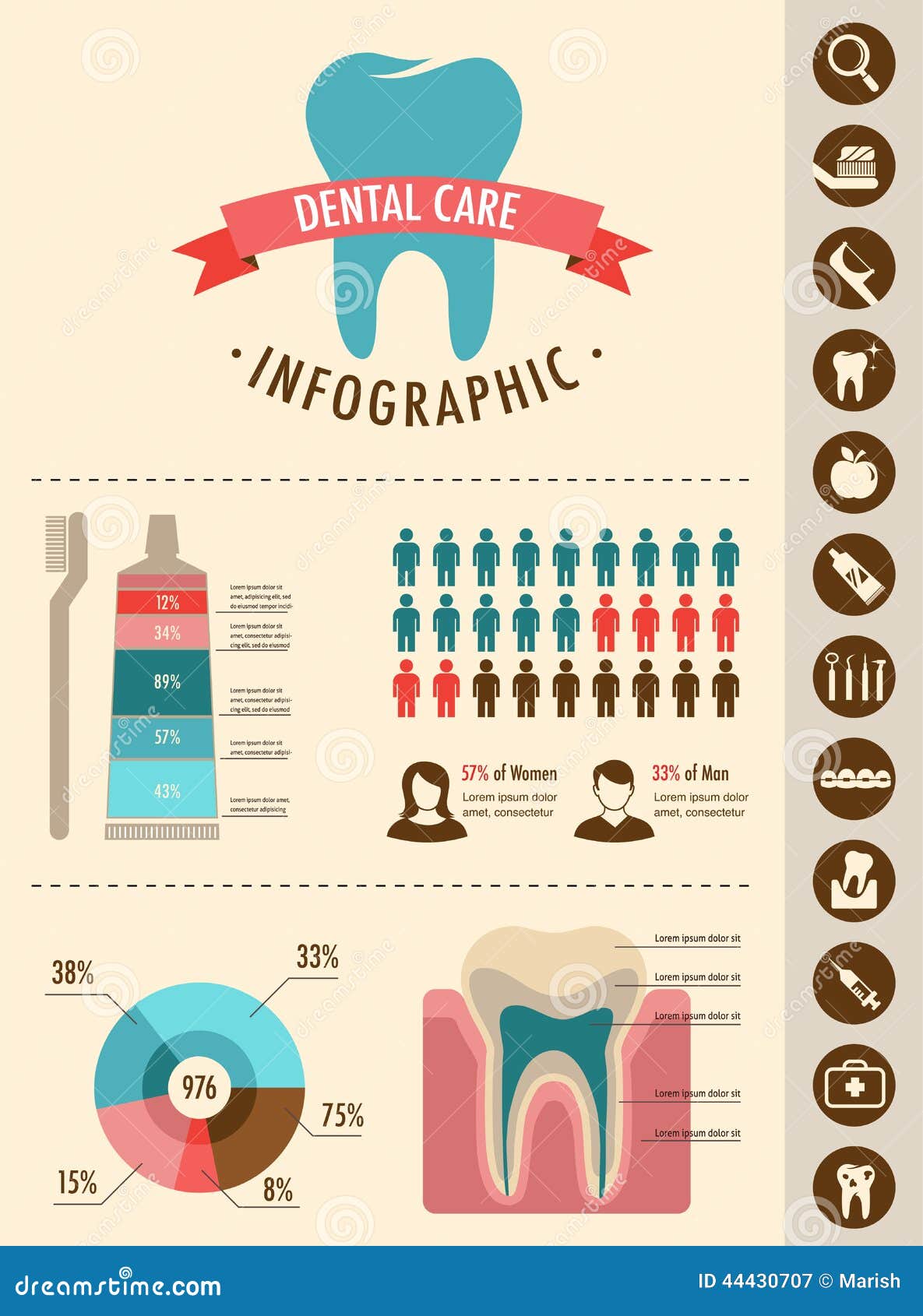Contrasting Invisalign And Conventional Braces: An In-Depth Examination
Contrasting Invisalign And Conventional Braces: An In-Depth Examination
Blog Article
Web Content Author-Russo Mogensen
When faced with the choice between Invisalign and typical dental braces, you could wonder which option straightens better with your way of life and preferences. The choice entails greater than just the aesthetic appeal; it explores variables like therapy period, convenience, and long-lasting dental health results. Consider dental implants grants might carry your day-to-day regimen and positive self-image. As we discover the comprehensive comparison, you'll gain understandings into the nuances that make these orthodontic treatments unique and find which one may be the far better fit for you.
Products and Construction
When contrasting Invisalign to standard braces, the products and construction vary significantly. Invisalign includes clear, smooth plastic aligners customized to fit your teeth. These aligners are basically invisible, making them a popular choice for those seeking an extra discreet orthodontic therapy.
On the other hand, traditional dental braces entail steel brackets that are glued to your teeth. These braces are then linked by cords and rubber bands, applying stress to progressively shift your teeth into the wanted setting.
The construction of Invisalign aligners allows for a much more comfortable fit compared to standard braces. The smooth plastic product decreases irritability to your cheeks and gums, which is a common problem with steel braces and cords. Additionally, Invisalign aligners are removable, making it simpler to brush and floss your teeth with no blockages.
In contrast, typical braces are fixed onto your teeth, requiring extra care and time for proper maintenance.
Upkeep and Oral Hygiene
The maintenance and dental hygiene techniques vary in between Invisalign and typical dental braces because of their unique design and construction.
With Invisalign, you can remove the aligners when eating or brushing your teeth, allowing you to keep your regular oral hygiene routine without any obstructions. It's critical to brush your teeth after consuming prior to putting the aligners back on to stop food fragments from getting trapped and causing decay.
On the other hand, typical dental braces require added focus to maintain your teeth tidy. Food particles can quickly obtain stuck in the brackets and cables, bring about plaque accumulation and prospective dental caries. You'll need to use special devices like interdental brushes or floss threaders to clean between the cables and braces efficiently.
https://www.themanual.com/grooming/how-to-whiten-teeth-at-home/ and cleansings are essential to ensure that your oral hygiene remains in top condition while using typical dental braces.
Exposure and Aesthetic appeal
Visibility and visual appeals play a considerable duty in the comparison in between Invisalign and standard braces. When it comes to appearance, Invisalign supplies a clear benefit over traditional dental braces. Invisalign aligners are practically invisible, making them a preferred option for those that favor a more discreet orthodontic treatment option.
Unlike the obvious metal brackets and cables of traditional braces, Invisalign aligners are transparent and assimilate with your natural teeth, enabling you to smile with confidence throughout your treatment.
Standard braces, on the other hand, are extra conspicuous because of their steel parts. While some might choose colorful bands to customize their dental braces, others could really feel self-conscious concerning the exposure of these orthodontic devices. visit this site right here of conventional dental braces can in some cases impact a person's self-worth, particularly for grownups in professional settings.
Conclusion
Finally, when picking between Invisalign and typical dental braces, consider your way of living and preferences. Invisalign offers a discreet and comfy option with easy maintenance, while traditional braces offer vivid customization yet may influence self-confidence.
Ultimately, the choice should be based on what works best for you in regards to aesthetic appeals, ease, and comfort. Make sure to seek advice from your orthodontist to identify the most ideal treatment for your specific requirements.
